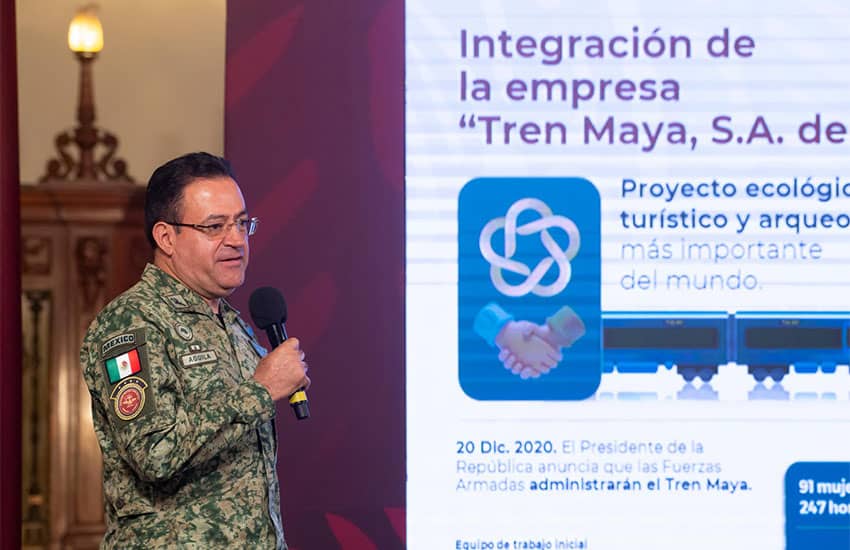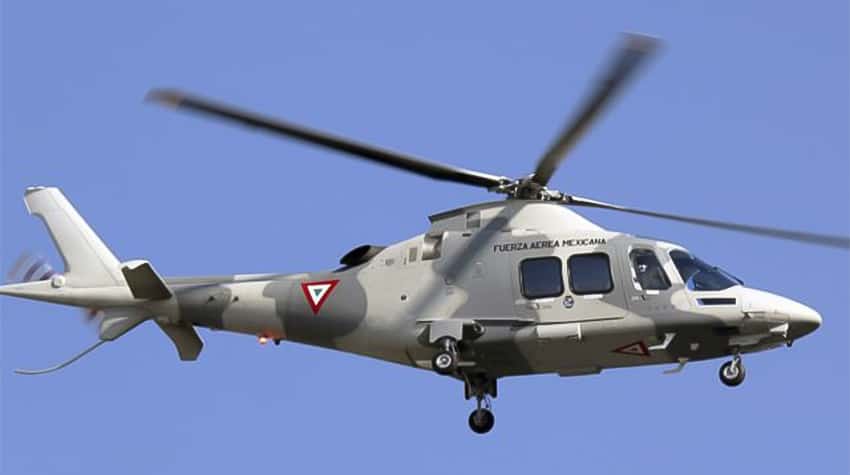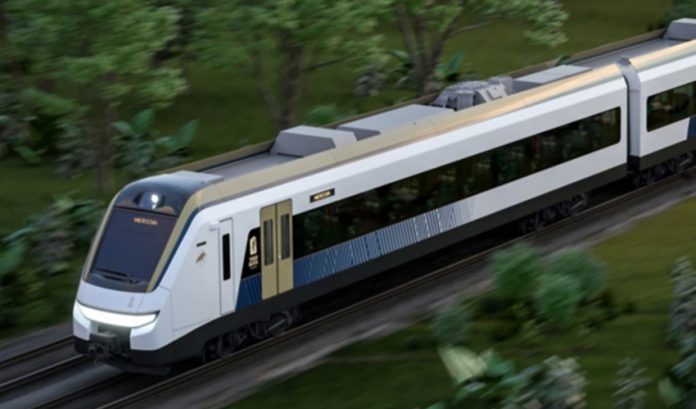The Maya Train, the passenger and cargo rail route that will travel around the Yucatán peninsula, will begin operations on Dec. 1, the military-controlled rail company Tren Maya S.A. de C.V. announced on Monday.
Óscar Lozano Águila, the company’s general director, was one of several officials to report on the progress of the controversial 1,554km rail loop during President López Obrador’s morning press conference.
“It will be one of the best rail systems in the world,” said Javier May Rodríguez, general director of the National Fund for Tourism Promotion (Fonatur). “Its trips will be safe because they will have [state of the art] technology.”
He said 42 trains will operate on the railroad, which will pass through 34 stations and stops in five states — Tabasco, Chiapas, Campeche, Yucatán and Quintana Roo. It will use both ground and air surveillance to achieve its “vision of zero accidents,” May said.
“The systems it has will guarantee that when there is an interruption on the track by a log or a rock, we detect it from the control center and automatically the train stops,” Lozano Águila explained.
He said state oil company Pemex will supply the train’s fuel, which he said would be less polluting than the fuel commonly used in Mexico because it will contain only 10 parts per million of sulfur rather than the usual 500 parts per million.

Officials announced in 2020 that the train system would be a hybrid, with some parts of the route running on electricity and some parts on diesel fuel. Lozano’s Monday figure of 10 ppm of sulfur indicates that the train will be using environmentally friendlier ultra-low-sulfur diesel (ULSD), which contains 15 ppm of sulfur or less.
Lozano told reporters that the fuel would be produced at Pemex’s Deer Park Refinery in Deer Park, Texas, and at the Pajaritos refinery complex in Coatzacoalcos, Veracruz.
He said the Federal Electricity Commission (CFE) will provide the electricity system, adding that this infrastructure will also increase energy availability across the region.
“All this will allow our train to move at 160 km/h for passengers and 109 km/h for cargo,” he said.
Diego Prieto Hernández, general director of the National Institute of Anthropology and History (INAH), said that the preconstruction archaeological rescue process was already nearly complete in five of the project’s seven sections, with over 45,000 structures registered and preserved.
Among the objects found include a sculpture of a female ruler holding a bound prisoner by the hair, in the archaeological site of Ek Balam.
Defense Minister Luis Cresencio Sandoval González said his ministry (Sedena) will allocate 4,931 National Guard members, 28 drones, five helicopters and three air bases to provide security to the project.
The company Maya Tren S.A. de C.V. is operated by the Sedena, and Lozano acknowledged in the press conference that 138 of its 338 staff are military personnel. The Maya Train project has drawn criticism in the past for its tight connection to the military.

The railroad is also controversial for its potential impact on the region’s jungles, underground cave system and archaeological sites. Environmentalists have brought several legal cases against the project, arguing that it is driving deforestation and threatens the rights of local Indigenous communities.
However, the Maya Train has long been a key project of the president, who has invoked national security to push it forward, despite legal injunctions. AMLO argues the train will boost local development by providing rapid mobility around the region’s 26 archaeological zones.
The train’s planned opening date will mark the fifth anniversary of his taking office.
“We are talking about the communication of the ancient Mayan cities,” AMLO stressed at the press conference. “Without a doubt, it is the most important train — ecologically, touristically and archaeologically — in the world.”
With reports from La Jornada and Forbes
